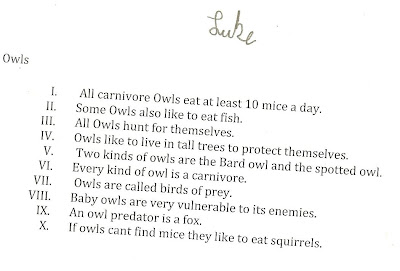
My reading specialist just spoke with the staff about language development. My school is a typical suburban school where we have many economic ranges. However, lately our lower economic level has increased. With poverty, comes delays in language. Traditional methods of teaching vocabulary doesn't work very well for most of those students. What does work? Embedding language into your content area.
 So when do you teach content vocabulary?
So when do you teach content vocabulary? Many teachers think they need to teach words before the encounter them. But, research has shown that students really remember words better if they have the
experience first and learn the words as they go. Think about how toddlers learn words? As they go...when you see a bird, you say "Look at the bird." You don't teach them bird without a bird nearby, that would be crazy. So why do we do that in school?
Here are a few strategies that I feel are the most beneficial...
I know you have heard me say before how important I still feel
word cards are in the upper grades. Having a pocket chart with words you can pull out and carry around the room while you teach is a great strategy. Another strategy that works is creating
anchor charts with removable word cards to fill in like a cloze activity.
Of course, the most useful tool in any science classroom is using a
science notebook. In these notebooks, students can predict, plan, organize thoughts, reflect, draw diagrams and label words in a meaningful context. As we learn we write and reflect with language...and at the end of a lesson, we may go back and highlight or circle specific
content words that they need to know in different colors. We add these words to our vocab charts and then use them in real world situations in our class....that's meaningful.








































